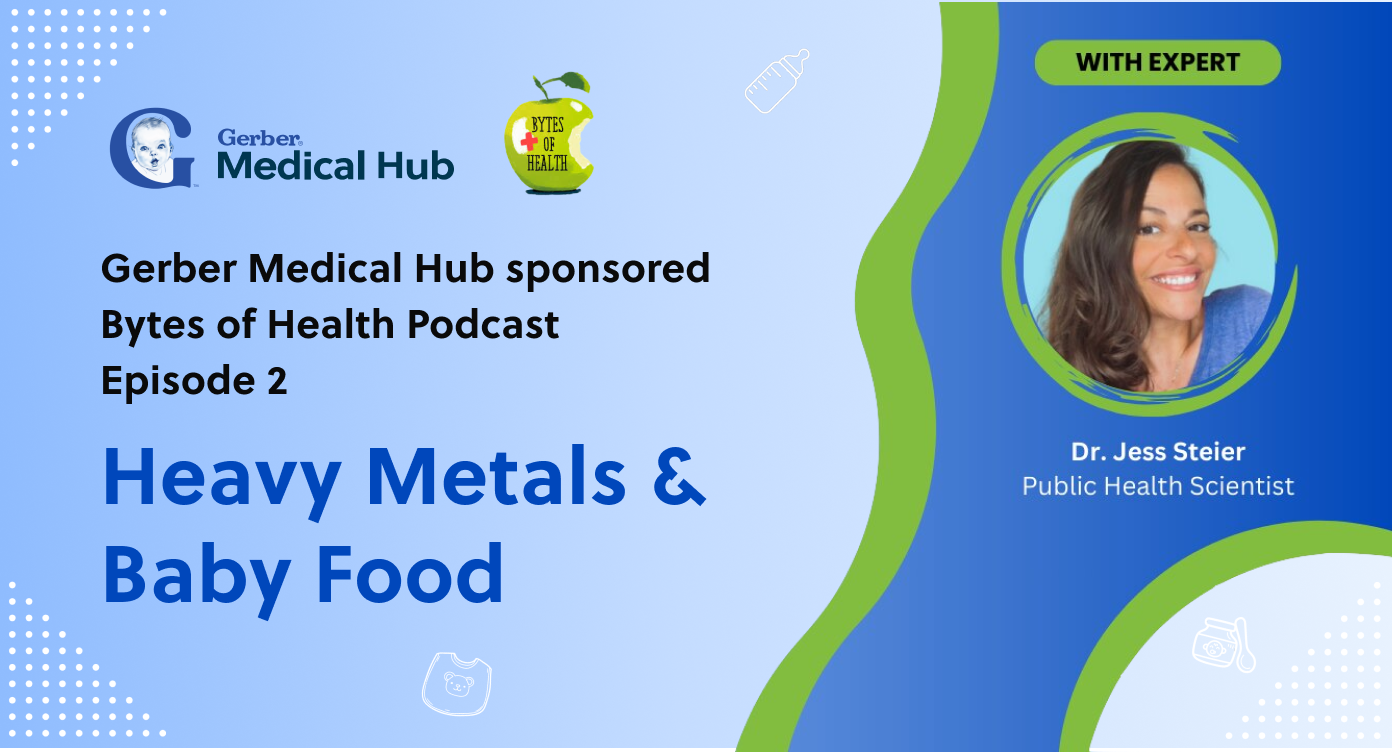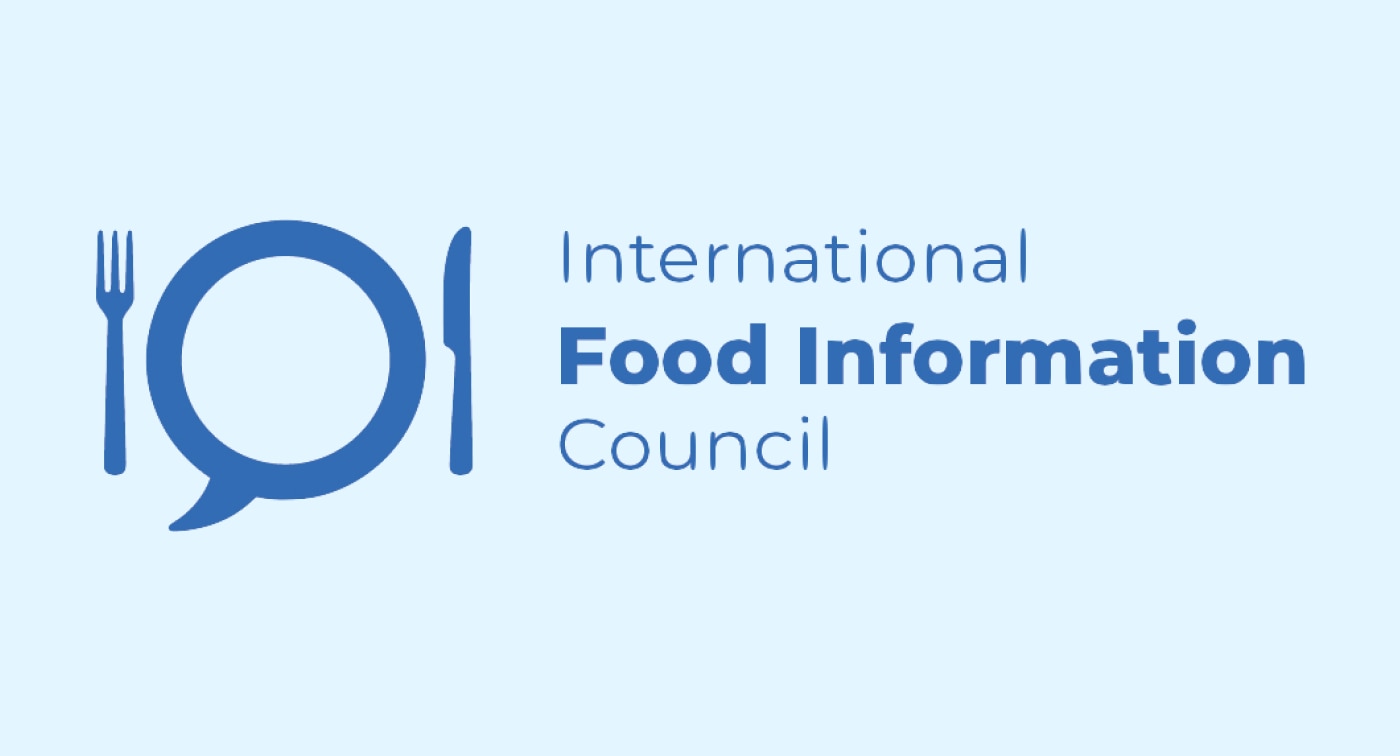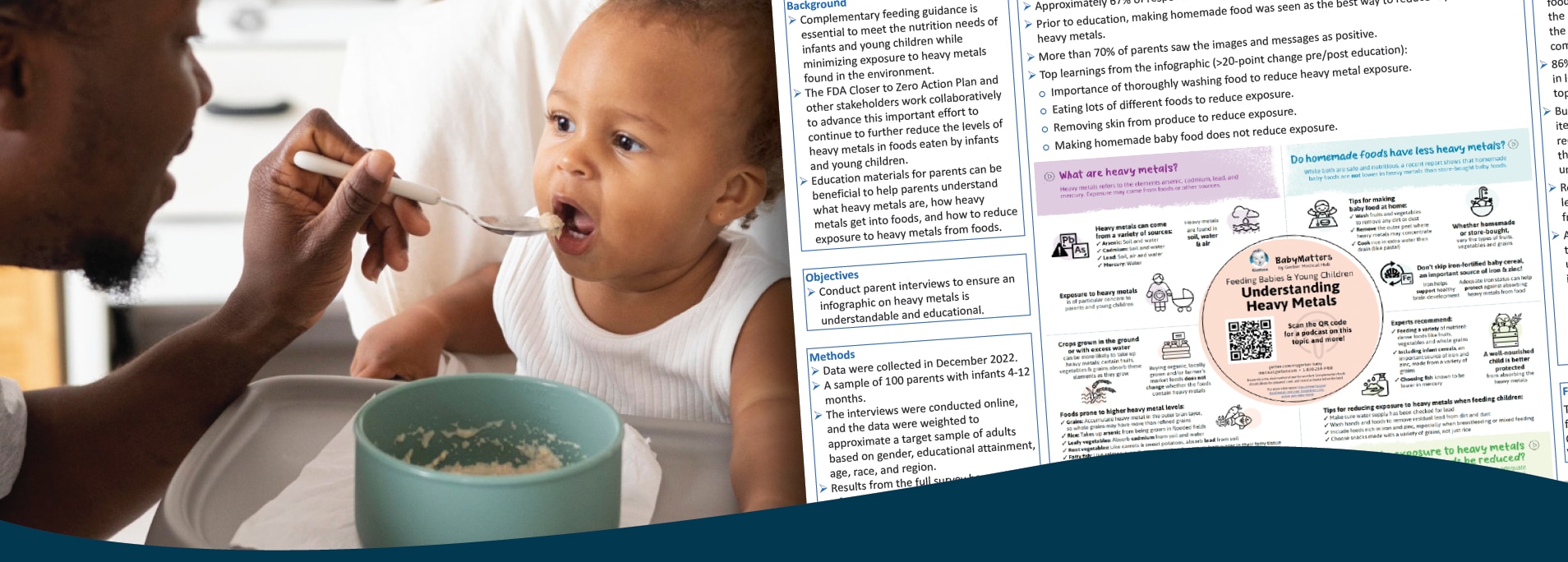Understanding the California Legislative Assembly Bill 899 & Heavy Metals Testing
7 min read • By: Gerber Medical Hub

Quick Summary
Beginning in January 2025 baby food manufacturers including Gerber will be sharing heavy metal testing results on foods for children under 2 years as required by the California legislative assembly bill 899, also called AB 899. The goal of AB 899 is to provide additional transparency to parents and caregivers as they make food choices for their families.
At Gerber, we understand that parents and caregivers want to know what goes into the foods they are feeding their babies. We are committed to providing clear and simple information regarding the safety and quality of our baby food so they can make informed choices. Here are some questions and answers to help you understand heavy metal testing legislation and Gerber testing results to support your families navigating this information.
What is Assembly Bill 899 (AB 899)?
AB 899 is a California legislative bill signed into law and enacted on October 10, 2023. AB 899 requires manufacturers of baby food to test and disclose the levels of four heavy metals (lead, arsenic, cadmium and arsenic) that may be present in foods, and to meet particular labeling requirements starting with foods produced on or after January 1, 2025.
What types of foods are covered given the definition of Baby Food?
AB 899 includes all food specifically intended for babies and young children less than two years old. This includes food packaged in jars, pouches, tubs and boxes. Infant formula is not included in the definition of baby food.
How are Gerber foods tested for heavy metals?
At Gerber, our testing protocols are rigorous and comprehensive. We test crops, water, ingredients and final products to ensure we deliver on our promise to make high quality, safe baby food. We regularly test for more than 500 toxins and contaminants and our products must pass more than 100 individual quality checks before they can be sold. All our testing is conducted by ISO-accredited labs, meaning they follow international standards for analytical reliability. We also go even further; we partner with additional outside labs to refine testing methods and to ensure we use the most current, cutting-edge procedures.
In full compliance with California AB 899, Gerber products are tested for arsenic, cadmium, lead and mercury and our foods produced on or after January 1, 2025, will have these test results publicly reported on www.gerber.com following their manufacture.
How can I help families understand heavy metal testing data?
It is important to reassure families that Gerber baby foods are safe. Heavy metals are in the environment, which is how they get into foods as they grow. Exposure to heavy metals from foods is trace. In fact, through its Total Diet Study, the FDA found that children are not at immediate risk for exposure to toxic elements at the levels found in foods. When it comes to testing, heavy metals are measured in “parts per billion” (PPB). One helpful explanation of ppb is that 1 ppb is similar to a single drop of water in an Olympic-sized pool.
How can I find Gerber’s heavy metal test results?
To view Gerber’s heavy metals results by product batch, visit www.gerber.com For Gerber foods produced after January 1, 2025, consumers will also be able to scan a QR code directly from the product label to access test results on Gerber.com. The product labeling will look like this example:

Should parents avoid specific foods due to their heavy metal content?
Nutrition experts, including the FDA, state that eliminating nutritious foods from your child’s diet to avoid heavy metals in the food supply is unnecessary, and may result in certain nutrient deficiencies and potential poor health and nutrition. Instead, feeding a variety of age-appropriate, nutrient-dense foods – including fruits, vegetables and whole grains – is the best way to help lower the risk of exposure to heavy metals in your baby’s diet.
More questions? About Gerber Medical | Gerber Medical
Additional Resources
articleGet more questions about heavy metals answered
articleListen to Dr. Jess Steier explain heavy metals with Bytes of Health



